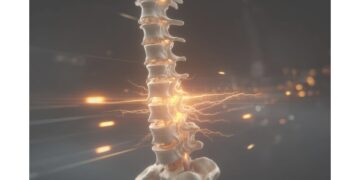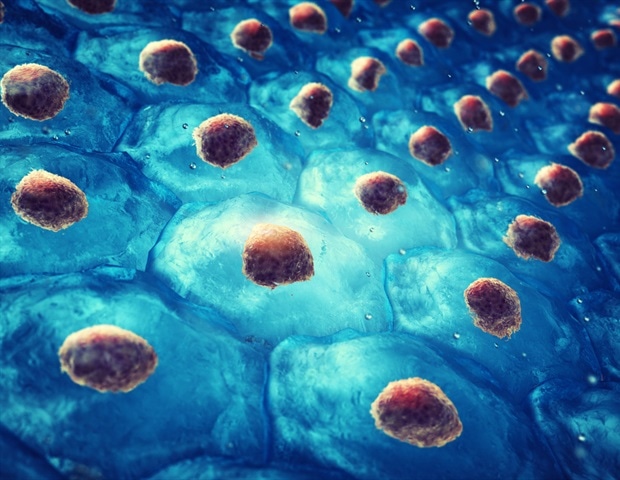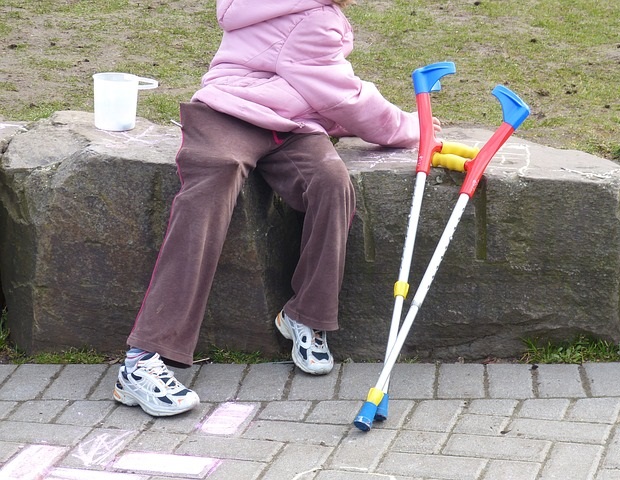Vanguard science: stem cells and the future of the healing of spinal cord injuries
Spinal cord injuries (SCI) have long been one of the most difficult medical conditions, which often leads to permanent paralysis, loss of sensation and other weakening effects. However, advances in stem cell research are offering new hope for patients, potentially transforming the landscape of SCI treatment and recovery. The stem cells, with their remarkable ability to differentiate themselves in various types of cells and regenerate damaged tissue, are at the forefront of regenerative medicine, racing the way for innovative therapies that could restore the function and improve the quality of life of patients with SCI.
The challenge of spinal cord injuries
The spinal cord is a complex and delicate structure that serves as the main path to transmit signals between the brain and the rest of the body. When a SCI occurs, this communication is interrupted, which leads to motor, sensory and autonomous dysfunction. Unlike other tissues in the body, the spinal cord has a limited regenerative capacity, which makes recovery difficult or impossible in most cases. Current treatments focus on stabilizing patients and the management of symptoms, but there are no effective therapies to repair the damaged spinal cord.
Stem cells: a promising solution
Stem cells are undifferentiated cells capable of developing in types of specialized cells, such as neurons, glial cells or oligodendrocytes, critical components of the spinal cord. Their unique properties make them an ideal candidate to repair damaged fabrics and restore the lost function. Researchers are exploring several types of stem cells for the treatment of LME, which include:
- Embryonic stem cells (ESC): Derived from embryos in the initial stage, the ESCs have the potential to differentiate in any type of cell in the body. Their versatility makes them a powerful tool to regenerate the tissue of the spinal cord.
- Induced pluripotent stem cells (IPSC): These are adult cells that have been reprogrammed to an embryonic state, which offer similar regenerative potential without ethical concerns associated with the ESC.
- Mesenchymal stem cells (MSc): Found in tissues such as bone marrow and fat, MSCs have anti -inflammatory and immunomodulatory properties, which can help create a favorable environment for spinal cord repair.
- Neural stem cells (NSC): These specialized stem cells reside naturally in the brain and spinal cord and can generate neurons and support cells, which makes them a natural choice for Sci therapy.
Current advances in stem cell therapy for SCI
Several innovative studies and clinical trials have demonstrated the potential of stem cells to promote spinal cord repair:
- Neural regeneration: Stem cells can be guided to differentiate themselves in neurons, replacing losses due to injuries and restoring neuronal connections.
- Myelinization: Oligodendrocytes derived from stem cells can cause myelin, protective sheath around nerve fibers, essential for efficient signal transmission.
- Anti -inflammatory effects: Stem cells secrete growth factors and cytokines that reduce inflammation, avoiding more damage and creating an environment conducive to healing.
- SCAFT SUPPORT: Researchers are developing bioingenier scaffolding planted with stem cells to provide structural support and guide tissue regeneration at the injury site.
Recent clinical trials have shown promising results, with some patients who experience an improved motor function, sensation and quality of life after receiving stem cells based. For example, a study used by MSC reported an improved recovery in patients with LME, while another essay involving IPSC demonstrated the partial restoration of neuronal function.
Ethical challenges and considerations
Despite its immense potential, stem cell therapies face several challenges. Ensure the safety and efficacy of treatments, control of stem cell differentiation and prevent immune rejection are critical obstacles that researchers must overcome. In addition, ethical concerns surrounding the use of embryonic stem cells and the tumorigenicity potential remain areas of active debate and research.
The future of SCI treatment
It is expected that the integration of stem cell therapy with other avant -garde technologies, such as gene edition, biomaterials and advanced image techniques, accelerate progress in SCI treatment. Personalized medicine, where therapies are adapted to individual patients depending on their genetic and molecular profiles, could further improve the results.
As research continues to progress, stem cells based on the promise not only to treat spinal cord injuries but also revolutionize the field of regenerative medicine. While there is still a lot of work to be done, the future seems brilliant for patients with LME, offering hope for functional recovery and a better quality of life.
Conclusion
The stem cell research represents a lighthouse of hope for people living with spinal cord injuries. By taking advantage of the regenerative power of stem cells, scientists unlock new possibilities for healing and recovery. As clinical trials progress and technologies evolve, the dream of restoring the function to damaged spinals is becoming more and more possible. The future of SCI treatment is on the horizon, and stem cells are leading the way to a brighter and more hopeful future.













